
FILE – This file photo provided by the National Institute for Allergy and Infectious Diseases shows a colorized transmission of the MERS coronavirus that emerged in 2012. Health officials on Friday, May 2, 2014 said the deadly virus from the Middle East has turned up for the first time in the U.S. (AP Photo/National Institute for Allergy and Infectious Diseases via The Canadian Press, File)
Mid-morning on Friday, New York Gov. Andrew Cuomo addressed reporters to announce his order to shut down 100% of non-essential businesses throughout the state. He said, “This is not life as usual. Accept it. Realize it. And deal with it” and he asked people to “remain indoors to the greatest extent possible to protect physical and mental health. Your actions can affect my health; that’s where we are. We are all in quarantine.”
He also estimated the quarantine could last “two, three, four months.”
The stock market had been trending up until Cuomo’s announcement. His remarks triggered an immediate selloff and the Dow never returned to positive territory, ending the day down 4.5%.
I get it. New York State has been hard-hit by this virus. As of Friday night, the state had over 9,400 confirmed cases, nearly half of all of the confirmed cases in the U.S., and only 6% of the population resides there.
At one point, the governor said that, if these measures save just one life, they are worth it.
Are they really? Are they worth plunging the world into what will eventually become a second Great Depression? Most Americans shudder when they recall the financial crisis of 2008. That would pale in comparison to what life would be like if the world were to be plunged into a deep, prolonged depression. Aside from the financial pain, tbe rate of suicides, homicides and divorces and general misery would skyrocket to levels never before seen.
Amidst the hysteria, there are growing calls for a more targeted approach.
The Wall Street Journal’s Holman Jenkins Jr. makes the point that, “We can try to stop time until a vaccine is ready, but the result might be identical to defeat.” In a Saturday op-ed, he writes:
In our coronavirus quandary, the cure may not only be worse than the disease. The cure is likely no cure at all. We might hold off an expected surge in coronavirus cases for two or three weeks with the kind of extraordinarily destructive economic lockdowns seen in California, New York and elsewhere.
…
I respect those experts who say we should suppress the virus until a vaccine arrives in 18 months or two years even at the cost of a global depression. Their job is to save lives, while the larger trade-offs are the province of voters and elected officials.
…
…The U.K. is now shifting to an accept-a-depression-and-wait-for-a-vaccine approach. The medical experts and their priorities are hard to resist. Resisting their wisdom doesn’t come naturally in such a situation.
Happily, I have confidence in the American people to let their leaders know when the mandatory shutdowns no longer are doing it for them. Strange to say, I have confidence in our political class to sense where the social fulcrum lies. A reader emails that Donald Trump could declare victory at the end of 15 days, claim the blow on the health-care system has been cushioned, and urge Americans, supercautiously, to resume normal life. This idea sounds better than waiting for spontaneous mass defections from the ambitions of the epidemiologists to undermine the authority of the government.
Because—make no mistake—there are things worse than the coronavirus. You think our politics are irrational now? You haven’t seen anything. The 1918 flu was far worse medically than what we’re about to experience, slaughtering even young people with strong immune systems. Yet we can end up a far more damaged society as a result of the 2020 coronavirus. The America of 1918 won a world war and launched technological and commercial revolutions that created the modern world. We won’t be saying anything as flattering about the America of 2020 if we handle this badly.
Jenkins also emphasizes that people are social animals and at a certain point, will start defying the quarantine orders just as many (including those with confirmed cases of the virus) did in China.
Cuomo recklessly tells reporters the quarantine could last up to two, three, four months. (I’ve heard even higher estimates than this.) I find that to be a completely irresponsible statement. Why not a wait and see approach? At the end of two weeks, we’ll assess the situation and go from there.
Fox News’ Laura Ingraham on Friday called for a “date certain.” She tweeted, “Americans need to know date certain when this will end. The uncertainty for businesses, parents and kids is just not sustainable.”
Americans need to know date certain when this will end. The uncertainty for businesses, parents and kids is just not sustainable.
— Laura Ingraham (@IngrahamAngle) March 20, 2020
Ingraham, in my opinion, went a little too far with this statement in that no one can know when this will end. However, I completely understand the sentiments behind it.
We are still in the early days of this. We need to give the government time to sort this out, see if drugs such as hydroxychloroquine and others appear to be working. But, within a reasonably short time, say two weeks, the government should be able to present a less hysterical plan of action to the American people.
There surely exists a “Goldilocks” zone where we can reasonably contain the spread of the virus without devastating the economy. We must find it.
Rep. Chip Roy (R-TX) wrote an op-ed in Friday’s National Review in which he recommends following the example of South Korea. Here’s what he has to say.
As with any goal, we should look to examples of what has worked to get the job done. South Korea has been successful at keeping its economy going because it took immediate steps to suppress the spread of the coronavirus through testing, identifying the sick and quarantining them, and establishing rules for social behavior to prevent further spread. What they’ve been able to do is mitigate the spread of the virus while keeping their economy afloat. That should be our goal immediately.
In America, our government’s response has put thousands of American businesses on the brink of insolvency, and millions are now jobless. We have effectively turned our economy upside down. Restaurants, hotels, and retail establishments are shutting and laying people off. Thousands of businesses are hemorrhaging. Second-quarter GDP expectations are tracking to fall 10 percent in the coming weeks. The stock market is shedding trillions. Everything I’m describing will only continue unless the government provides certainty of action.
…
The most important thing we need to do — right now — is to announce a date to signal our economic restart, get folks back to work, and build the confidence we need to get capital flowing. Perhaps that date should be around April 1. Perhaps it should be April 15. In consultation with our nation’s health experts, the federal government must announce a date within the coming weeks, no later. Then, cautiously, we can let our kids finish the school year and graduate, and sprint into the summer.
All our national leaders need to work to ensure that we have the medical challenges of the pandemic under control and that we can quickly bridge the financial gap before us. We cannot achieve success without declaring a D-Day for the coronavirus, and marshaling all our collective energies toward restarting our economy. Together we can and will do this, just as we defeated Nazism, put a man on the moon, eradicated polio, and rebuilt Manhattan after 9/11. It’s what Americans do when we are given a specific mission.
Readers?
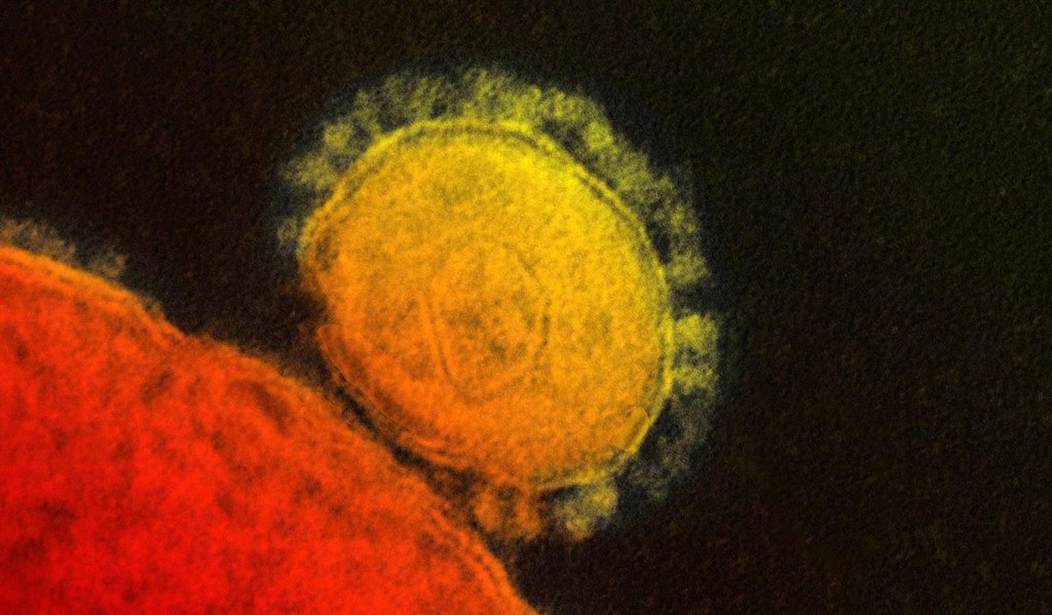



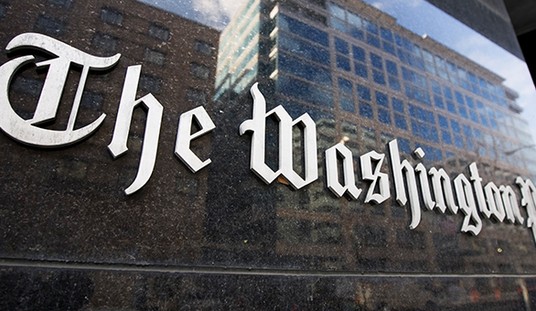



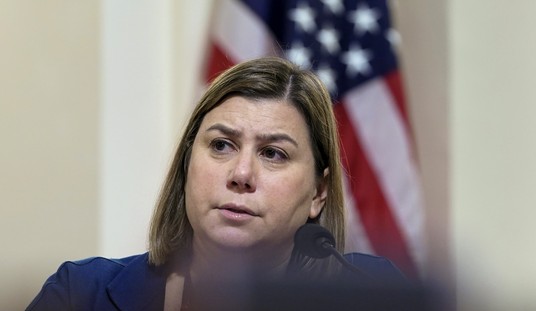
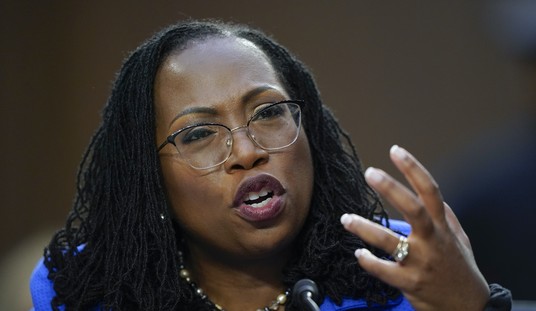

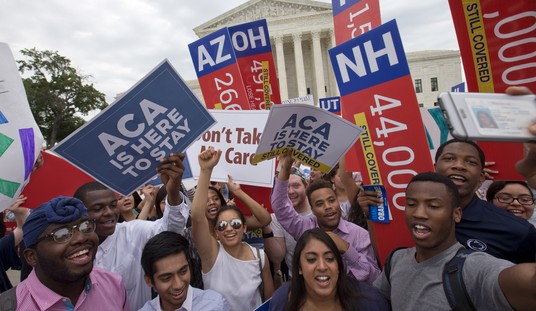
Join the conversation as a VIP Member